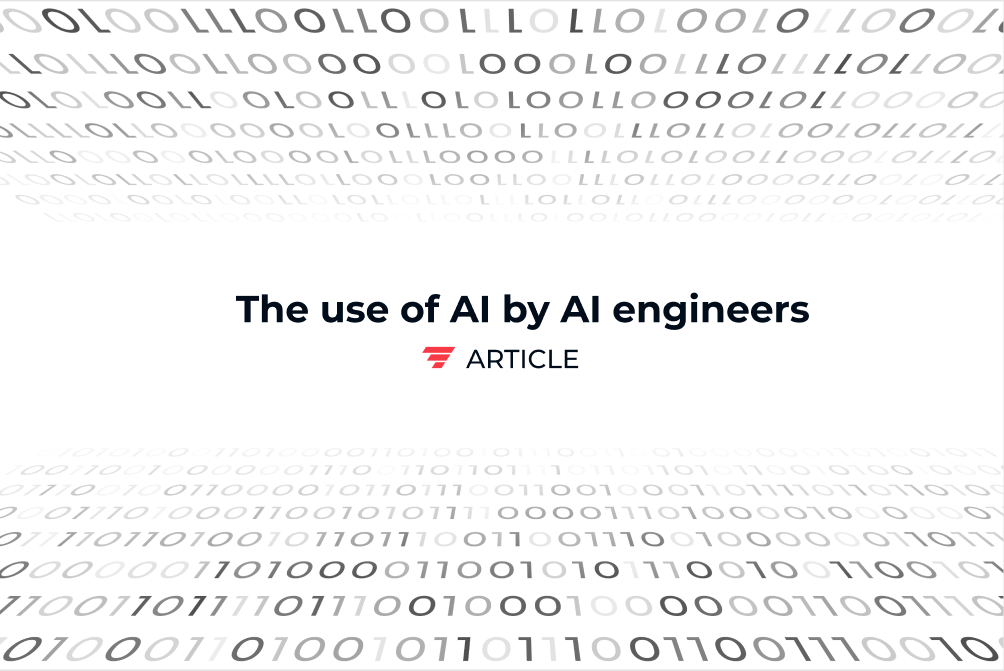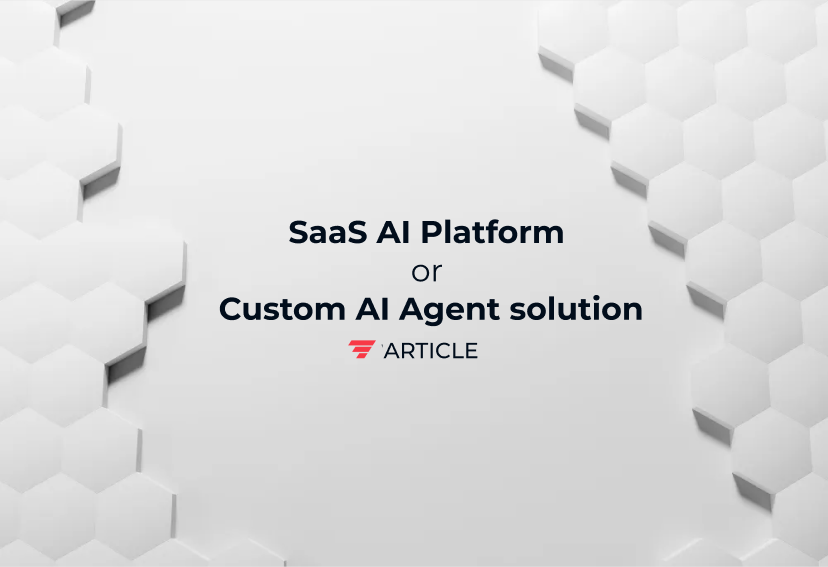AI in programming. Separating hype from reality with Code Interpreter and Copilot

AI in programming, really? Let’s dive into it. Artificial intelligence (AI) has been touted as a game changer in many industries, including coding. AI-powered tools like Copilot, and Amazon Code Whisperer have been praised for their ability to generate code and help programmers save time. Also, ChatGPT has just released its latest innovation in the form of the Code Interpreter. This new tool promises to revolutionize the way developers work. It streamlines the coding process, making it faster and more efficient than ever before. But is AI in programming really the magic bullet it’s made out to be? Let’s take a closer look at the pros and cons of AI in coding.
GPT-4 and AI in programming
On the one hand, AI in programming tools can be incredibly useful. They can automate repetitive tasks, generate code based on existing patterns, and help catch errors that might otherwise go unnoticed. This can save time and improve efficiency, allowing programmers to focus on more complex tasks. The ChatGPT Code Interpreter is an all-in-one tool that can create charts, perform basic video editing, and even convert files. It is a game-changer for developers (and not only!) who are looking for ways to speed up their workflow and save time.
One of the most impressive features of the ChatGPT Code Interpreter is its ability to generate code based on natural language. This means that developers can simply type in plain English what they want the code to do. As a result the tool will automatically generate the code for them. Another standout feature is its ability to detect and correct errors in code. This means that developers can easily identify and fix errors in their code, saving them valuable time and effort.
Dangers and reservations
But there are also some downsides to relying too heavily on AI in programming. For one thing, AI is only as good as the data it’s trained on. If the data is biased or incomplete, the AI could make incorrect or problematic suggestions. Additionally, AI-powered tools can sometimes generate code that is difficult for humans to read or maintain, which could create problems down the line.
But let me share with you my observations about AI. I acknowledge that it can be helpful in repetitive tasks and in creating similar code to what is already in a project, I know that it is not infallible. You have to read what it proposes carefully because it can make mistakes. Recently, it placed the ending parenthesis in the wrong place, changing the meaning of the code. For me, it was easy to spot on. For less experienced developers, it might not be so obvious. Another example is suggesting the use of a method that the library in question (fabric.js) never had. Another time ChatGPT 3.5 confused Github Actions with Paperspace Workflow. Multiple attempts to correct it yielded nothing.
My concerns go beyond just the potential for errors. If AI becomes too advanced and is able to take over many of the tasks traditionally done by humans, it could lead to a regression in human development. In other words, if AI takes over too much, what’s the point of learning? What’s the point of bettering ourselves? We could end up in a world where we have no purpose.
People are needed
Even the most advanced AI-powered tools still require human oversight and input. Programmers need to carefully evaluate the suggestions made by AI tools to ensure they are accurate and appropriate for the project at hand.
So what does the future hold for AI in programming? While there are certain risks and challenges associated with this, there are also plenty of opportunities for innovation and growth. While AI-powered tools like Copilot, Amazon Code Whisperer, or Chat GPT Code Interpreter can be incredibly useful for programmers, they also have their limitations and potential drawbacks. As with any technology, it’s important to approach with caution and careful consideration. Ultimately, the success of AI will depend on how well it is integrated into existing workflows and how it is used to complement, rather than replace, human expertise.
The LLM Book
The LLM Book explores the world of Artificial Intelligence and Large Language Models, examining their capabilities, technology, and adaptation.




